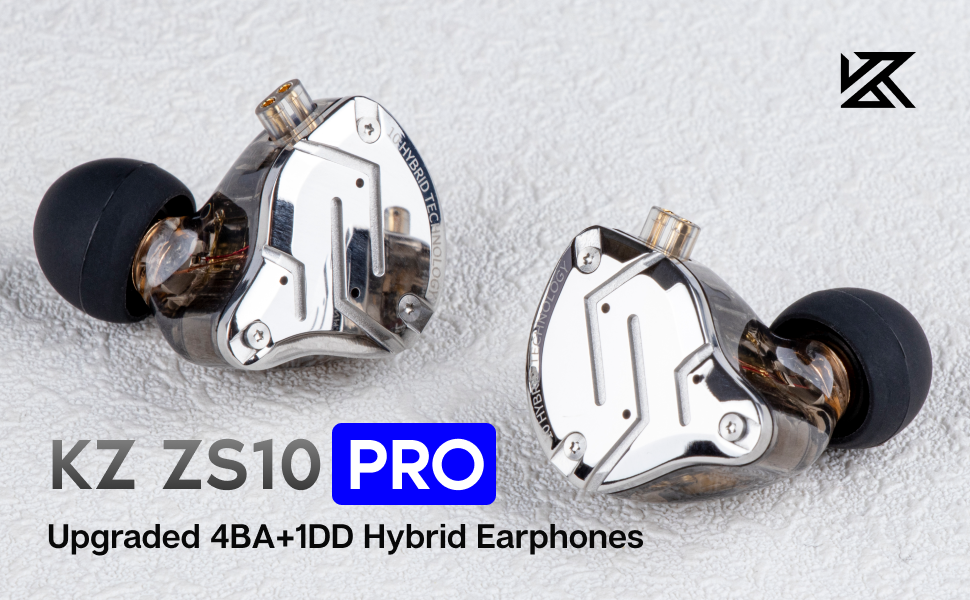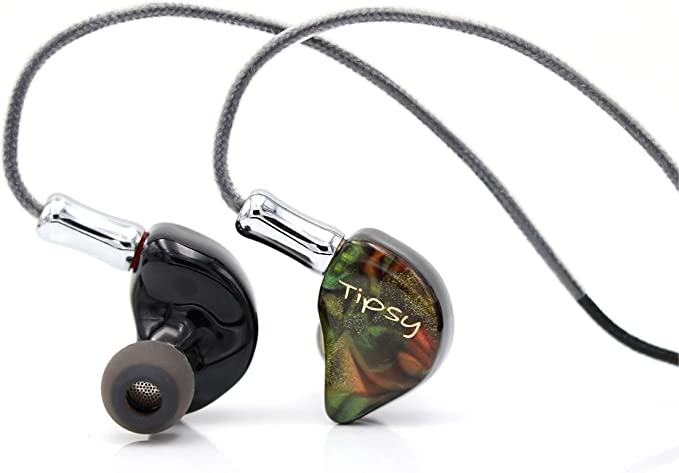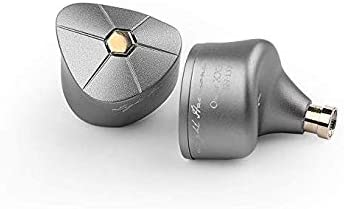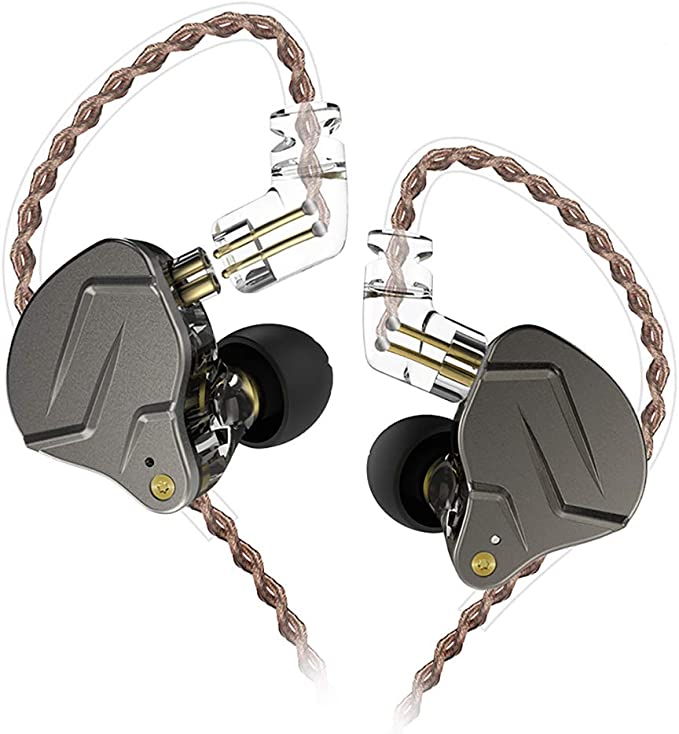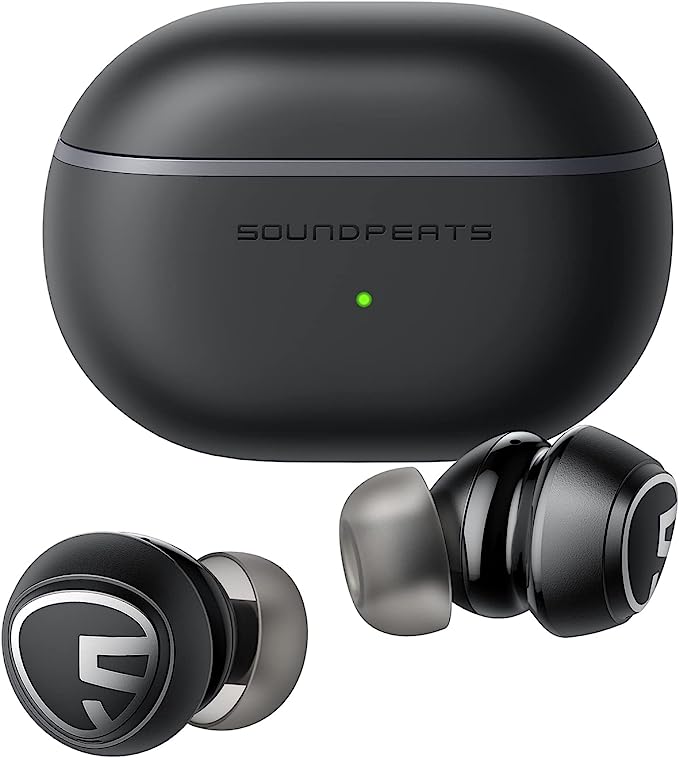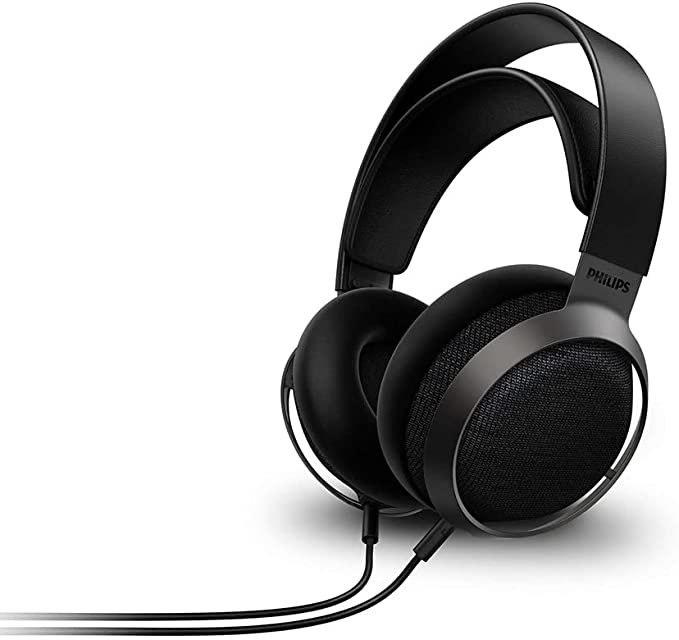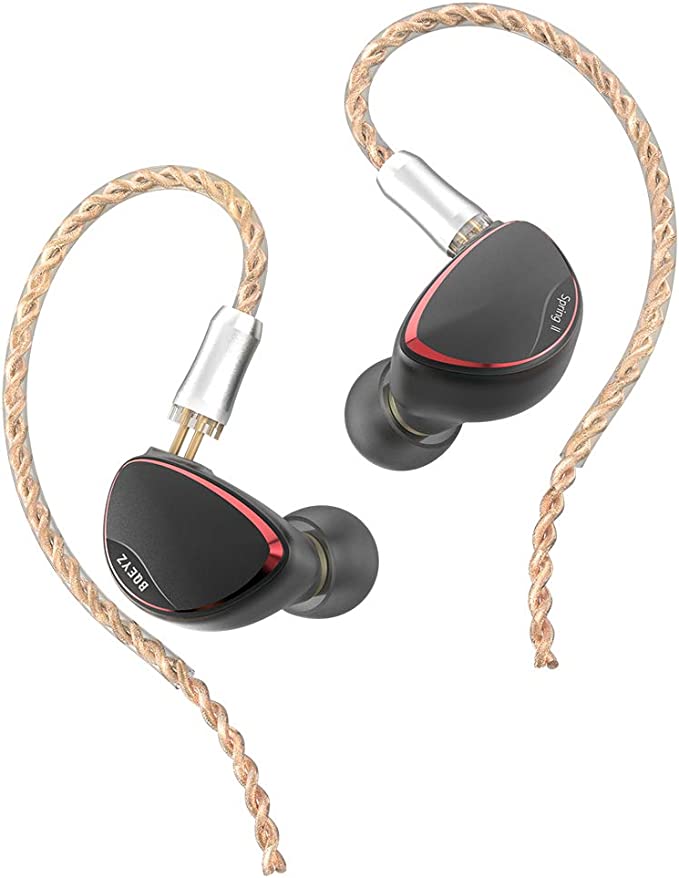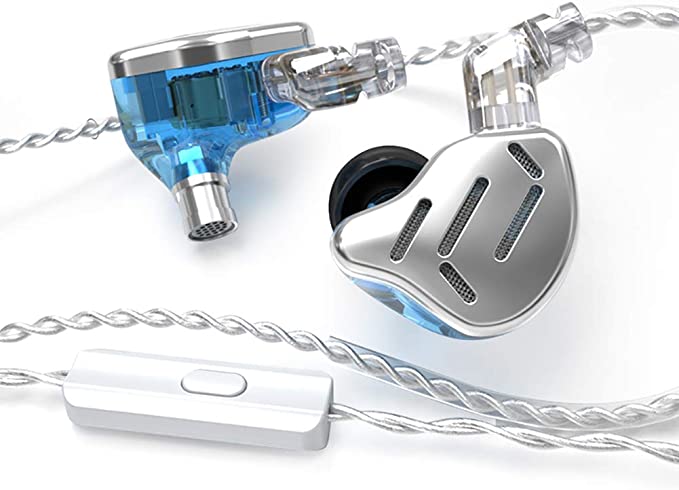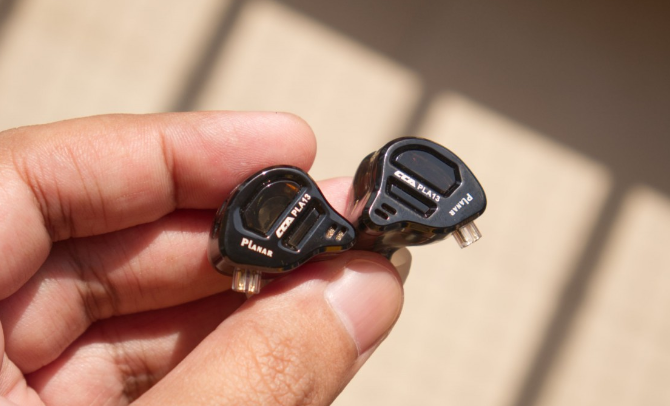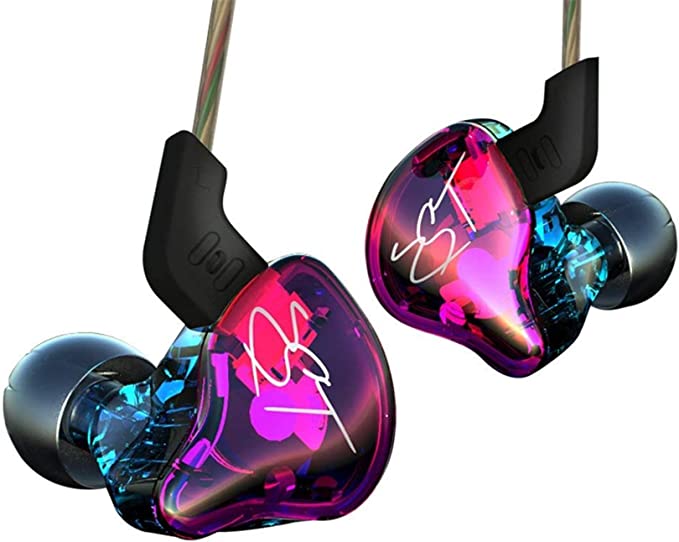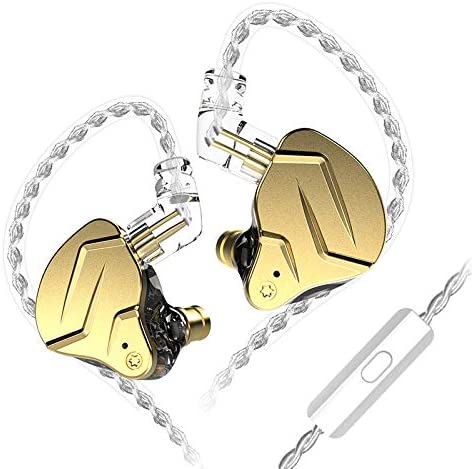bsbaiss BS1 In-Ear Monitors: Unveiling the Science of HiFi Sound
Update on Feb. 8, 2025, 12:52 p.m.
The Allure of High-Fidelity Audio
For music enthusiasts, the pursuit of high-fidelity audio is a journey to experience sound in its purest, most unadulterated form. It’s about hearing every note, every subtle nuance, every breath of the artist as if you were right there in the recording studio. While high-end speakers and amplifiers play a crucial role, a critical component often overlooked is the transducer that sits closest to your eardrum: the earphone. And among earphones, a special category stands out: the in-ear monitor (IEM).

Beyond the Earbud: Understanding In-Ear Monitors
Unlike the earbuds that often come bundled with smartphones, in-ear monitors are designed for a different purpose: precision listening. Originally developed for stage musicians to hear their own performance amidst the cacophony of a live concert, IEMs have found a devoted following among audiophiles – individuals passionate about achieving the highest possible sound quality. Typical earphone often focus on conveniency, IEMs emphasize sound quality.

Decoding the bsbaiss BS1: A Hybrid Approach to Sound
The bsbaiss BS1 is a prime example of an IEM that caters to the discerning listener. Its core technology lies in its hybrid driver configuration. This means it utilizes two different types of miniature speakers – balanced armature (BA) drivers and a dynamic driver (DD) – to reproduce the full spectrum of sound. This is where BS1 different from regular earphone. For “Audiophile”, a word you’ll often encounter, simply refers to individuals with a keen interest in high-quality sound reproduction.

Balanced Armature Drivers: Precision in Miniature
Imagine a tiny, seesaw-like mechanism inside your earphone. That’s essentially how a balanced armature driver works. Unlike the larger, cone-shaped dynamic drivers found in most headphones, BA drivers use a miniature arm (the “armature”) balanced between two magnets within a tiny enclosure. A small coil is wrapped around this armature. When an electrical signal (your music) passes through the coil, it creates a magnetic field that interacts with the permanent magnets, causing the armature to pivot rapidly. This pivoting motion is then transferred to a diaphragm, which vibrates to produce sound waves.
Think of it like a finely tuned guitar string. A slight pluck produces a clear, precise tone. Similarly, BA drivers are exceptionally good at reproducing mid-range and high frequencies with remarkable detail and accuracy. They excel at revealing the subtle textures in vocals, the crispness of cymbals, and the intricate details of stringed instruments. The BS1 incorporates four of these specialized drivers, each meticulously tuned to handle a specific portion of the mid and high-frequency range, ensuring exceptional clarity and resolution.
Dynamic Drivers: The Power of Moving Air
While BA drivers excel at detail, dynamic drivers are the masters of bass. They operate on a principle similar to a traditional loudspeaker, albeit on a much smaller scale. A diaphragm, typically cone-shaped, is attached to a voice coil. When an electrical signal flows through the coil, it generates a magnetic field. This field interacts with a permanent magnet, causing the diaphragm to move back and forth, pushing air and creating sound waves.
Imagine a drum. The larger the drumhead, the deeper and more powerful the sound. Similarly, dynamic drivers, with their larger diaphragms, are capable of moving more air, resulting in a richer, more impactful bass response. The BS1 features a 10mm dynamic driver with what’s described as a “biological diaphragm.” This likely refers to a diaphragm made from bio-cellulose, a natural material known for its exceptional stiffness and lightweight properties. These qualities allow the diaphragm to move quickly and precisely, minimizing distortion and delivering a tight, well-controlled bass.
The Crossover: Orchestrating the Sound
With five drivers working in concert, a crucial component is needed to ensure each driver receives the correct frequencies: the electronic crossover. Think of it as the conductor of an orchestra, directing each musician (driver) to play their specific part at the right time. The crossover divides the incoming audio signal into different frequency ranges – lows, mids, and highs – and sends them to the appropriate driver.
The BS1 employs a “3-level frequency division” system. This means the audio signal is split into three distinct bands, with the dynamic driver handling the low frequencies and the four balanced armature drivers handling different portions of the mid and high frequencies. A well-designed crossover ensures a smooth, seamless transition between the drivers, preventing any gaps or overlaps in the sound, creating a cohesive and natural listening experience.

The Importance of a Good Cable
The quality of the cable connecting your IEMs to your audio source might seem like a minor detail, but it can significantly impact sound quality. The BS1 uses a 108-core single-crystal copper cable. Single-crystal copper, as the name suggests, is made of a single, continuous copper crystal. This structure minimizes the grain boundaries (tiny gaps between crystals) that can impede the flow of electrical signals. The result is lower resistance and reduced signal loss, preserving the purity of the audio signal as it travels from your source to the drivers. The cable also features a detachable MMCX connector. This allows for easy cable replacement if it gets damaged, or for upgrading to a higher-end cable, potentially further enhancing the sound quality.
Designed for Comfort and Durability
The physical design is a reflection of quality. The BS1’s housings are crafted from CNC aircraft-grade aluminum alloy. PVD plating is then to applied. This is not just aesthetics, the choice of material helps minimize unwanted vibrations that can color the sound. The ergonomic shape of the BS1, combined with nine pairs of different-sized ear tips, ensure a snug and comfortable fit.
Beyond the Specifications
While technical specifications like impedance and sensitivity are important (and ideally should be provided by the manufacturer), they don’t tell the whole story. The “sound signature” of an IEM – how it emphasizes different frequencies – is equally crucial. Some IEMs have a “V-shaped” signature, with boosted bass and treble, while others are more “neutral,” aiming for a flat frequency response. Based on available information, it has a powerful bass, and clear tremble.
Frequency response is a critical characteristic. It’s commonly depicted as a graph showing how an IEM reproduces different frequencies, from low bass to high treble. A “flat” frequency response, where all frequencies are reproduced at the same level, is often considered the ideal, as it represents the most accurate reproduction of the original recording.
The Broader World of IEMs
The in-ear monitors we use today have a surprisingly practical origin – the world of live music performance. Before IEMs, musicians on stage relied on bulky floor monitors (wedge-shaped speakers) to hear themselves and their bandmates. This often led to a chaotic and loud stage environment, making it difficult for performers to hear clearly.
In the 1980s, pioneering audio engineers began experimenting with custom-molded earpieces, initially used by pilots and race car drivers, to create in-ear monitoring systems for musicians. These early IEMs allowed performers to hear a personalized mix of their instruments and vocals directly in their ears, isolated from the surrounding noise.
Over time, the technology evolved, and IEMs became smaller, more comfortable, and capable of delivering higher fidelity sound. This led to their adoption by audiophiles and music lovers seeking a more immersive and detailed listening experience.
There are several main types of headphones: over-ear (circumaural), on-ear (supra-aural), and in-ear (including IEMs). Over-ear headphones have large earcups that completely enclose the ear, providing good isolation and often a spacious soundstage. On-ear headphones have smaller earcups that rest on the ear, offering a balance between portability and sound quality.
Compared to these, IEM have smaller size, better noise isolation.
Conclusion
The bsbaiss BS1 in-ear monitors are more than just a way to listen to music; they’re a testament to the intricate engineering and scientific principles that go into reproducing high-fidelity sound. By combining the strengths of balanced armature and dynamic drivers, and meticulously crafting each component, the BS1 offers a listening experience that reveals the depth, detail, and emotion in your favorite music. Whether you’re a seasoned audiophile or simply someone who appreciates good sound, the BS1 is an invitation to rediscover your music collection.

